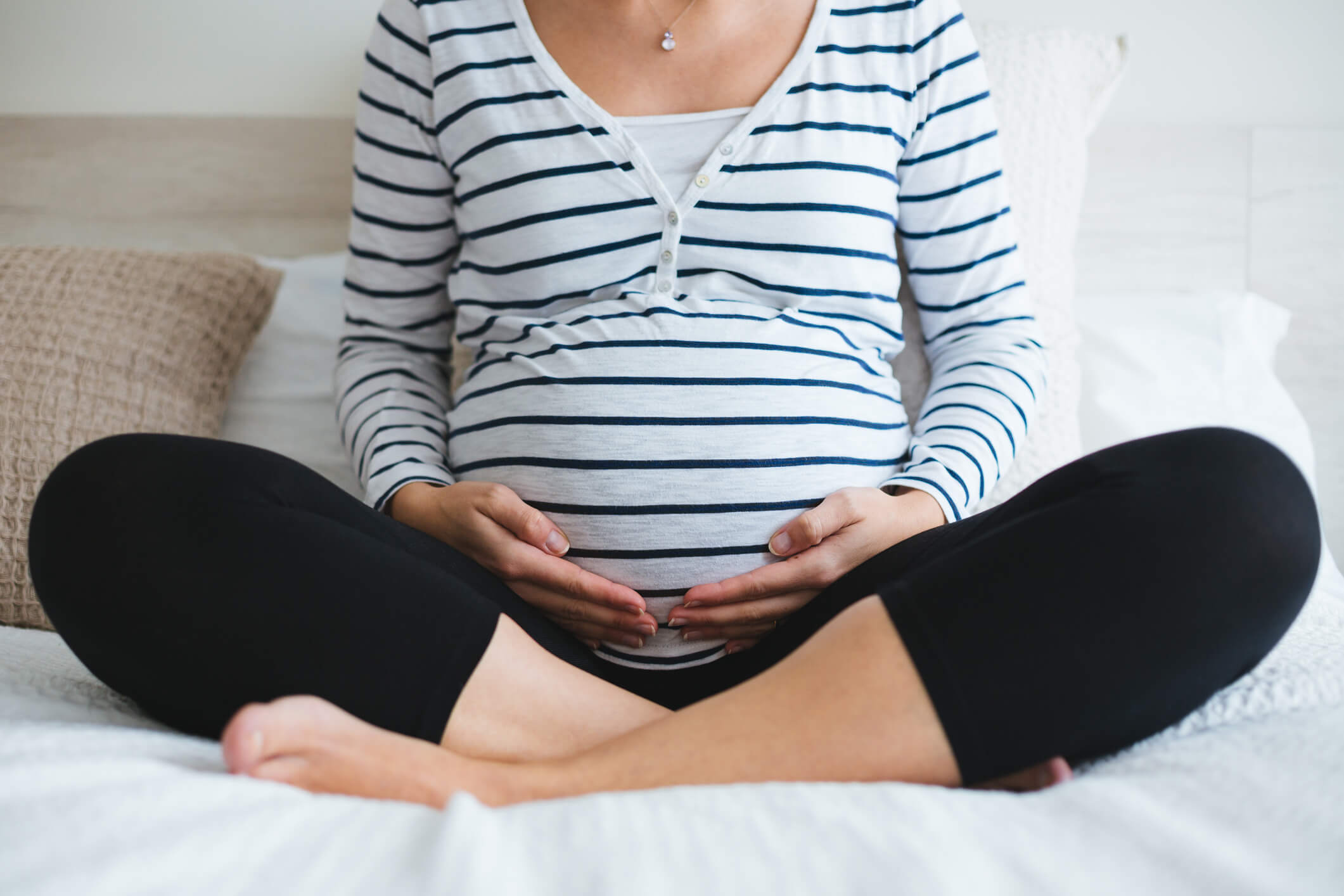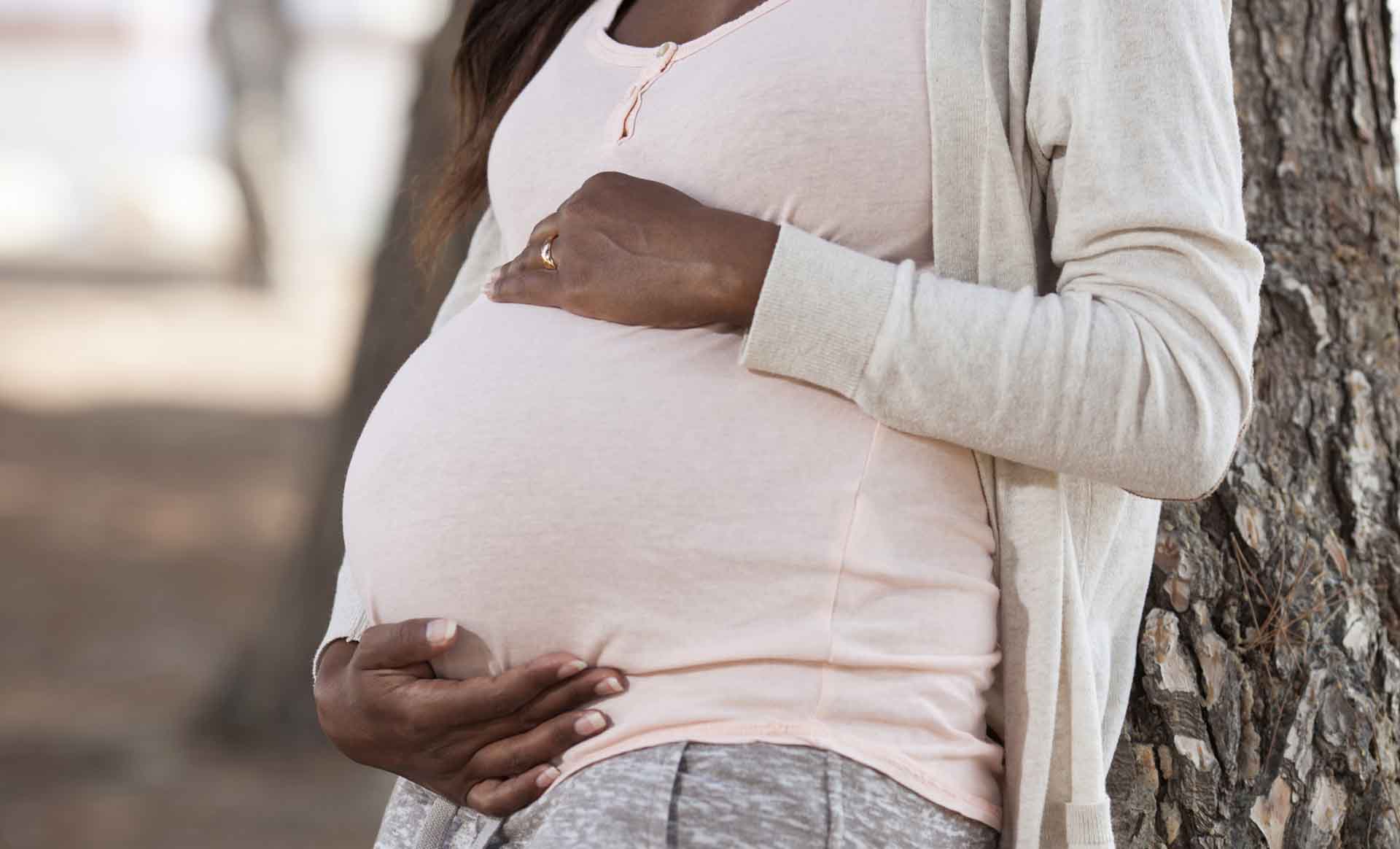-
There are many different reasons why your doctor may recommend a caesarean.
Whether the recommendation comes in advance, or on the day, don’t be afraid to ask lots of questions including your doctor’s caesarean rate and what the relative risks are for a vaginal versus a caesarean birth in your particular case. The safety of the mother and baby is paramount but there is some debate about whether the caesarean rate in Australia is too high.
Ultimately, you and your obstetrician will decide what the safest option is for you and your baby, and if a caesarean is the best option, you will need to sign a form to consent to the surgery.
If you are having a caesarean, it’s good to know what to expect. We outline what happens when you have a caesarean section.
Pre-surgery
If it’s an elective procedure you’ll be asked to fast beforehand. If it’s an emergency caesarean, you’ll be asked when you last ate or drank so that the doctor can prepare accordingly.
Anaesthetic options
- Spinal anaesthetic: This is the most common type of anaesthetic for an elective caesarean. It’s relatively painless as the anaesthetist will give you a local anaesthetic before using a longer needle to inject anaesthetic between your spinal vertebrae and numb your nerves from the waist down. You will be conscious during the birth and you may feel painless tugging or pushing sensations. You will also need a urinary catheter. The anaesthetic generally wears off after 2 – 6 hours.
- Epidural: An epidural will make you feel numb from the waist down, but unlike a spinal anaesthetic, you can still move your legs and walk around. After the anaesthetist has given you a local anaesthetic, they will inject anaesthetic into the space around your spinal cord. They then insert a small plastic tube so that they can ‘top up’ your epidural. If you’ve been given an epidural in preparation for a vaginal birth, it can be topped up for a caesarean. You will be conscious and may experience some painless sensations of the birth. You will also need a urinary catheter.
- General anaesthetic: This is the least common option. It may be required in cases where the baby needs to be born quickly. You will not be awake or feel anything.
The procedure
The entire procedure typically takes between 30-60 minutes including removal of the placenta and stitching, and you can have a support person in theatre with you (who is welcome to bring a camera to photograph the birth).
Once your anaesthetic is in place, you will be taken to the operating room and placed in the correct position. Your obstetrician will paint your abdomen with anaesthetic wash and you will be covered in sterile drapes.
Your obstetrician will make an incision in your stomach and uterus. Wherever possible the incision will run horizontally across the lower stomach, which is better for healing and means the scar is less visible. The incision into the stomach and uterus is approximately 10cm long.
The baby is then lifted out through the incision.
After the baby is born
The baby will be checked, weighed and have its umbilical cord cut. He or she will then be brought to you to see or hold. You will be able to hold your baby soon after the procedure, if not in the theatre.
The placenta is usually removed shortly after your baby is delivered. Your uterus will then be stitched up with dissolvable stitches and your stomach will be either stitched or stapled back together and covered with a sterile dressing. You’ll be given medication to make the uterus contract and to minimize bleeding.
Your doctor may prescribe you antibiotics to reduce the risk of infection and pain relief medications. Try and stay on top of the pain, particularly in the first few days as it's easier to prevent pain before it starts than treat it afterwards.
Find out more about why you might need a caesarean and how to take care of yourself in the weeks afterwards.
Having a caesarean section

The rise of caesarean births in Australia https://www.ausmed.com/articles/rise-of-caesarean-births-in-australia/
Caesarean sections https://www.betterhealth.vic.gov.au/health/healthyliving/caesarean-section
Caesarean sections http://www.pregnancybirthbaby.org.au/caesarean
-
Avoiding cold and flu during pregnancy
During pregnancy, women are at an increased risk of experiencing complications from the flu. Make sure you understand what steps you can take to help keep you and your baby healthy.
-
Choosing childcare that fits your family
Here’s what you need to know when choosing childcare
-
How to avoid 'dad bod'
How to keep fit and healthy with a new baby in the house
-
Expecting a baby during COVID-19
We address some common questions you may have.
-
How your extras can help during pregnancy
Use your cover to stay healthy
-
Pregnancy self-care essentials
Obstetrician Dr Chris Russell shares some advice.
Subscribe to receive the best from Live Better every week. Healthy recipes, exercise tips and activities, offers and promotions – everything to help you eat, move and feel better.
By clicking sign up I understand and agree to Medibank's privacy policy






